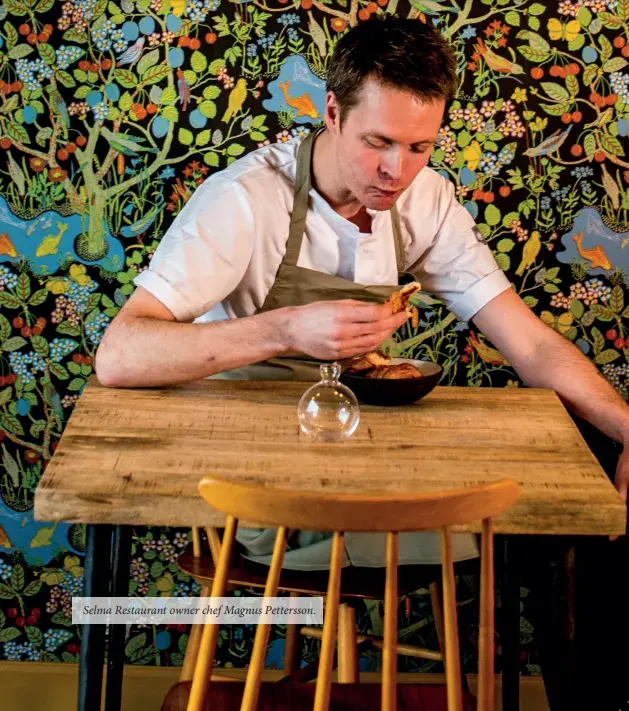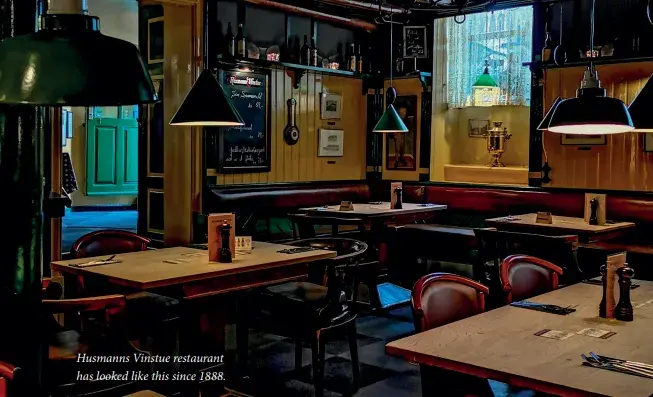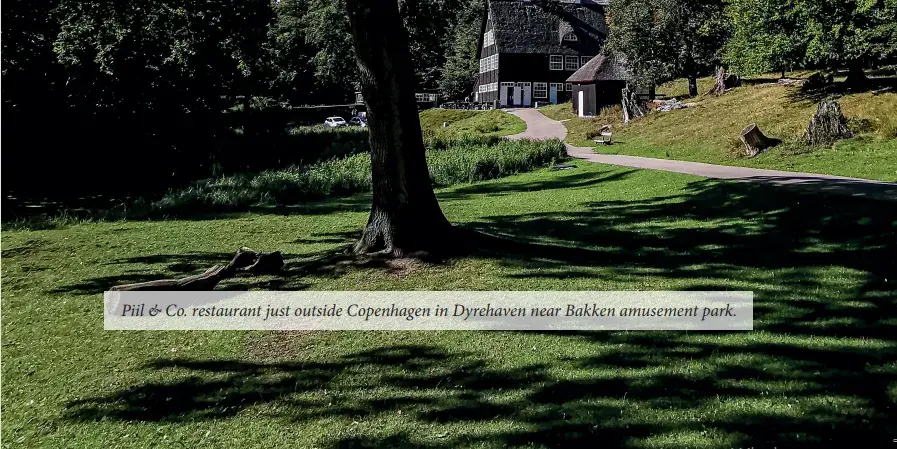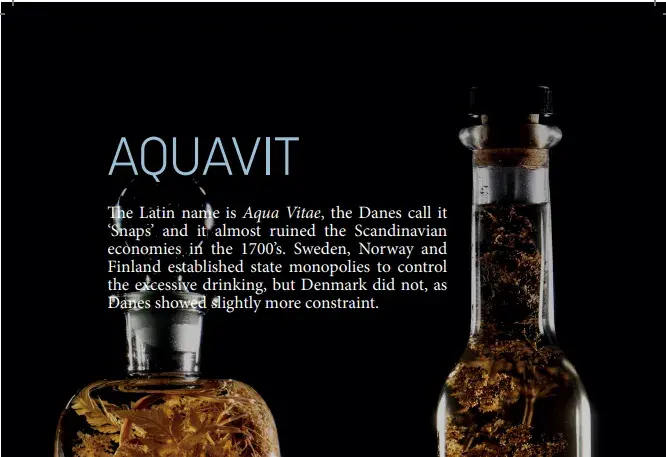I have been following the Danish smørrebrød scene for many years, and I have dined at all the ambitious restaurants in the category. My love affair with it began in the 1960s, when my father would take me along to his favourite smørrebrød restaurants. It continued in the 1970s and 1990s, even though these decades were a low point in the history of smørrebrød.
In 2001 my relation to smørrebrød turned professional when I was appointed full time restaurant critic at the Danish newspaper Børsen. The job placed me in a good position to report on this culinary niche, and write several books on the subject. Let me start this one by trying to give an overview of the present state of smørrebrød, and by trying to answer a question I get asked regularly: what is the best smørrebrød restaurant in Denmark?
Thirty years ago, I would have answered that it was Café Sorgenfri, but this restaurant is very low on my list today. Twenty years ago, the answer might have been Slotskælderen hos Gitte Kik, as this was one of the first among the old guard of restaurants to have a high-gastronomy boost.
Ten years ago, the question became more difficult to answer, since there were two very strong contenders: Aamanns Etablissement and Schønnemann Restaurant, two of the most important forces in leading the way forward in the smørrebrød genre. Since then, new advances have been constant. Every year has brought new restaurants that deservedly claim smørrebrød fame, so let’s have a look at the most important ones.
If I were forced to name only one restaurant as my favourite, it would be Schønnemann, since scores a maximum six stars in every one of the six categories I evaluate: Most important is, of course, the quality of the food. Then comes the drinks, service, comfort, and hygge – the Danish description of cosiness – and lastly, but also importantly, the variety on the menu. A handful of very good smørrebrød dishes makes for a good smørrebrød restaurant, but it takes much more to be one of the best.
A large variety with dozens and dozens of different kinds of smørrebrød was an important factor in the early history of this culinary speciality. Throughout history, the Oskar Davidsen Restaurant was world-famous for offering 178 different combinations of ingredients, and this tradition of variety became a marker of seriousness for smørrebrød restaurants.
However, as trends in haute cuisine shifted in the 1990s and 2000s and went from elaborate lists of choices to relatively simple set menus with five or six courses, this also influenced smørrebrød.
A proponent for this simplification of the smørrebrød menu was chef Adam Aamann. He was the first chef from outside the genre to enter it and become successful by promoting a more modern style, where quality was more important than appearance. This happened back in 2006 when he opened a small deli that became known as one of the very best smørrebrød places, even though it only offered a fraction of the varieties that were expected of a good smørrebrød restaurant.
Aamann’s argument was that most of the old smørrebrød restaurants served an inferior product. I would agree: you are much better off with a restaurant offering a total of ten different good-quality choices than with one offering 100 different low-quality pieces.
While I welcome this development, I also have my reservations. For me, one of the joys of smørrebrød is that it is democratic. The dish makes it possible for a group of very diverse people to eat happily together because you can easily put together a meal catering to most tastes, religions, beliefs, and strange whims.
This is easy with a classic large assortment, but if the assortment is cut down to only five or six different pieces, as is seen in some of the otherwise good restaurants, it becomes harder. And, apart from this, I simply love the feeling of being a small child in a candy store with permission to grab whatever I want. This is why this book, for the first time, includes variety as a determining factor in the overall evaluation of the restaurants. I am ready to meet the criticism that variety is not so important. But I disagree, and in an attempt to console my critics on this point, let me underline that variety is only one of the six total assessment points, whereas taste, drinks, (etc.) make up the other five criteria.
Back to Schønnemann. This restaurant was the first of the old classic establishments to adopt a new set of ambitions when, in 2007, the new owners decided to try and mirror the gastronomic revolution taking place among Danish gourmet restaurants. And even though the restaurant was sold back in 2016, the new owner has managed to stay the course. The quality of the food may have suffered slightly when head chef Karina Pedersen left Schønnemann to open her own
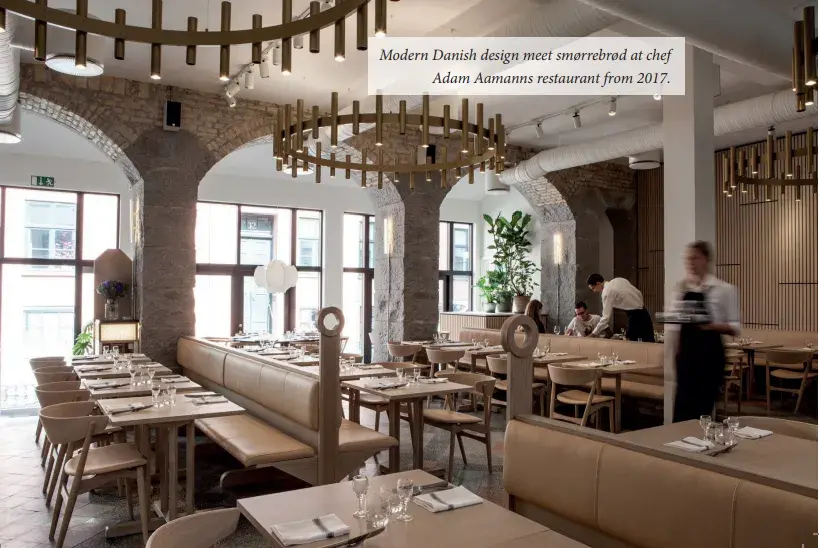
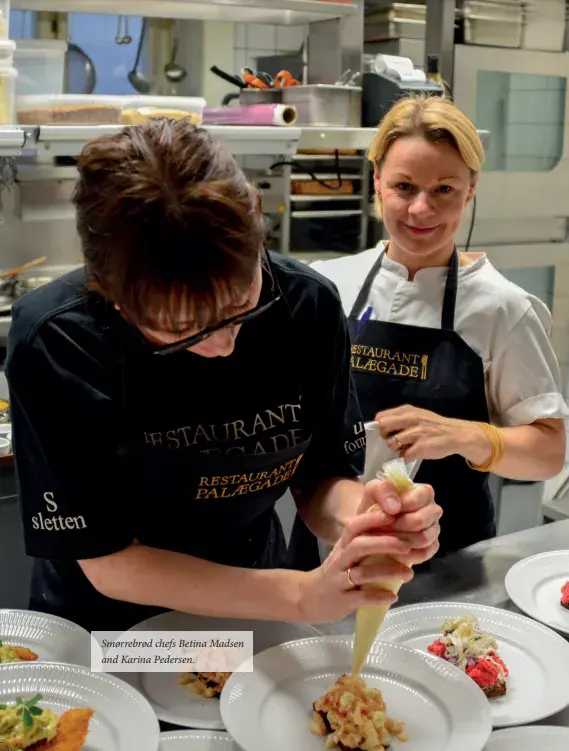
place, Palægade Restaurant. But if Schønnemann used to be at 24 carat with Pedersen at the helm, it remained at 23,5 carat.
Palægade Restaurant was an instant success, and among people in the know, it became regarded as one of the country’s finest establishments. Sadly, the place burned down in early 2020, leading Pedersen and her partners to leave and open a new place, Møntergade Restaurant. Run by the same people as Palægade, Møntergade was also a guaranteed success, and it too is on my list of the best.
Ask me what the best smørrebrød restaurant is when it comes to creativity, and I will, without hesitation, say the Copenhagen restaurant Selma. This modern take on the genre is run by chef Magnus Pettersson, who used to be head chef for Adam Aamann and has clearly been inspired by him.
But at Selma, chef Magnus Pettersson takes smørrebrød one step further, experimenting while still keeping an eye on the classic heritage. The beer selection is the best in the business, and the atmosphere in this avant-garde smørrebrød restaurant is charming.
In the next tier are places like Kronborg Restaurant, another old classic which was revived by new and ambitious owners who manage to balance the old classics with a slight touch of modern gastronomy. The hygge factor is high at Kronborg. The restaurant is privileged with its spot in one of the most charming quarters of Copenhagen.
At the same quality level is Told & Snaps restaurant. This establishment was a real frontrunner when it was opened as a new, ambitious smørrebrød restaurant in the year 2000. It was well ahead of the developments soon to come.
A relative newcomer among the classics is Lumskebugten restaurant, run by one of Denmarks most important gastronomic icons, Mr. Erwin Lauterbach. If you ask me which restaurant gives you the most authentic experience, Slotskælderen is the champion. This is one of Denmark’s oldest and most conservative smørrebrød restaurants, meaning that the interior looks almost like it did 100 years ago. Slotskælderen is the last to offer the traditional buffet where you can choose between the various pieces. And even though the quality does not live up to the level of the aforementioned top restaurants, it is so tasty that I eat there several times a year, although my visits there are more motivated by the atmosphere than by the food.
I could go on and on describing the ever-growing number of good places, but you can find my simpler recommendations for the others on pages 204-234.
Please be aware that the quality of smørrebrød varies enormously. Don’t be fooled by the many restaurants that put signs out in the street promising ‘traditional smørrebrød.’ The majority of those restaurants are not worth visiting, but if you stick to my list, I am sure you will not be disappointed. And if you are, or if you discover a new restaurant you’d recommend, then please write to me at ole@troelso.com. I would be glad to hear from you.
